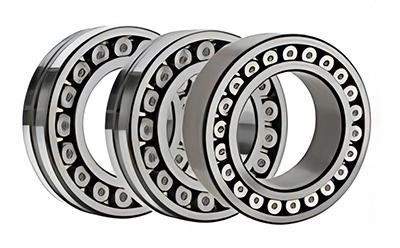In the intricate world of machinery and engineering, precision and reliability are paramount. When it comes to selecting the appropriate bearings for your equipment, having access to comprehensive information is essential. Bearing cross reference and bearing chart are indispensable tools for engineers and maintenance professionals seeking to identify compatible bearings across various brands.
Navigating Through Bearing Charts
Bearing charts serve as comprehensive databases that provide detailed information about different types of bearings, including their dimensions, load capacities, and compatibility with specific applications. These charts are invaluable resources, especially when you’re working with equipment that requires replacements or upgrades. Understanding how to interpret them can streamline the process of finding the perfect bearing for your needs.
Deciphering the Data
When you first encounter a bearing chart, it may appear overwhelming due to the abundance of technical information. However, breaking down the data into manageable sections can simplify the process. Here’s a step-by-step guide to help you navigate through a bearing chart effectively:
- Identify the Bearing Type: Bearing charts typically categorize bearings based on their type, such as ball bearings, roller bearings, or thrust bearings. Begin by selecting the type of bearing relevant to your application.
- Cross-Reference Part Numbers: One of the primary functions of a bearing chart is to facilitate bearing cross reference. Locate the part number of the bearing you currently use or intend to replace and compare it across different brands listed in the chart. This allows you to find equivalents or alternatives that meet your specifications.
- Examine Specifications: Pay close attention to the specifications provided for each bearing, including dimensions, load ratings, and operating conditions. Ensure that the bearing you choose aligns with the requirements of your equipment to guarantee optimal performance and longevity.
- Consider Application Factors: Evaluate additional factors that may influence your bearing selection, such as environmental conditions, speed requirements, and maintenance considerations. Some bearing charts offer filters or search parameters to refine your options based on these criteria.
Conclusion
Navigating a bearing chart can seem daunting at first, but with a systematic approach, you can harness its wealth of information to make informed decisions about your bearing selections. By understanding how to interpret part numbers, specifications, and application considerations, you can streamline the process of finding the right bearing for your equipment. Utilize our bearing chart to cross-reference bearing part numbers from different brands and discover the perfect bearing for your needs today.
